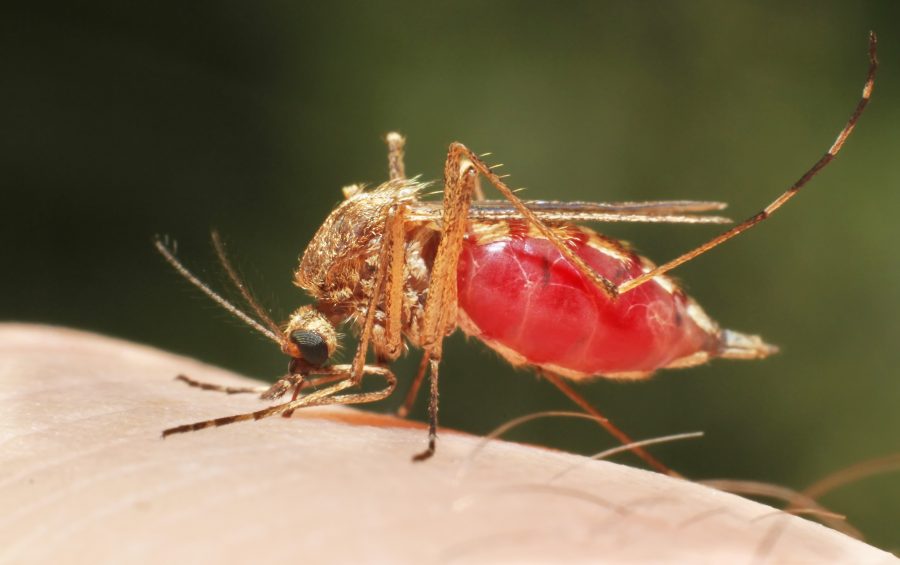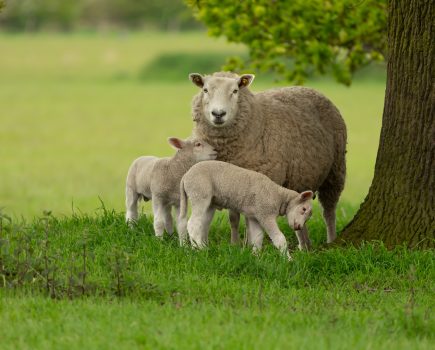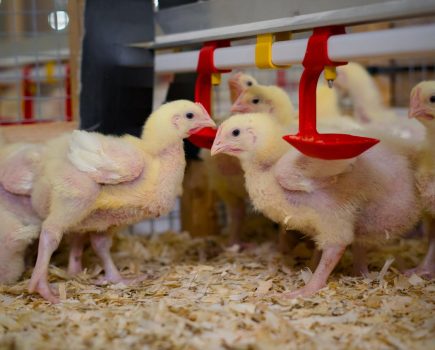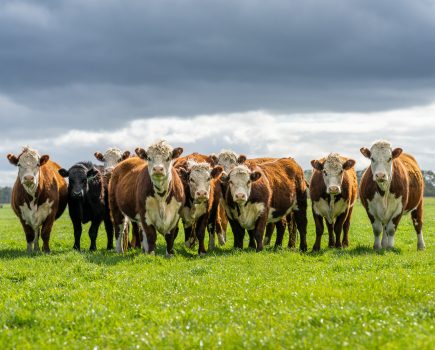By Bill Pepper MRCVS BVSc CertCHP, Cliffe Veterinary Group
Turnout is eagerly anticipated by cattle and sheep farmers every spring, and even the cattle themselves seem to sense the impending release from their winter quarters with excitement, but this year it could be different…
We are familiar with many of the risks associated with turnout. Grass staggers (hypomagnesemia), blackleg, gut worms and lung worms, leptospirosis, scours caused by a low fibre, rich in young grass diet, and maybe also TB in cattle from ingesting badger urine and faeces-contaminated grazings. Preventative measures are taken each year to mitigate these risks and include the use of supplements, vaccines, wormers and equipment that prevents badgers sharing water or feed troughs at grass.
However, this spring we have the real extra risk of Bluetongue (BTV3) to add to the above list. When the temperature is consistently above 12°C the number of midges increases. This temperature increase is also required for the virus to multiply in a midge so that an infected midge becomes more infectious.
BTV is a midge-borne disease and is not transmitted from animal to animal, but midge populations are impossible to control, as recognised in countries with endemic malaria, a mosquito borne disease.
BTV 3 was circulating in mainland Europe last year and The Netherlands experienced a particularly severe outbreak, with up to 20% mortality in some sheep flocks. One current theory is that infected European midges surfed across the Channel on strong easterly winds last autumn and transmitted disease to coastal livestock in Kent, Suffolk and Norfolk.
If the climatic conditions are repeated this year, then we are likely to see a more severe outbreak of this new “beast from the East” disease in the South East and this will inevitably lead to movement controls and restrictions and a requirement for pre-movement testing.
Synthetic pyrethroid (eg deltamethrin)-based pour on insecticidal products are approved for use in cattle and sheep against some biting flies and lice. They may at least reduce the biting pressure on an animal, but it only requires one infected midge bite to transmit BTV to a sheep and unfortunately pyrethroids will not kill a midge instantly. Deltamethrin-based products can also be used for spraying housing or trailers used for animal movement.
I well remember the only other incursion of BTV into England in 2008, when the only really effective prevention was a dead vaccine. Unfortunately, that vaccine is not effective against the current strain and the chances of a vaccine becoming available in the UK this year are slim.
It is imperative, therefore, that all cattle, sheep, camelid and goat owners are vigilant this year for the symptoms of BTV 3 in their animals and report any suspect cases to the Animal and Plant Health Agency or talk to their private veterinary surgeon.
The clinical signs are most obvious in sheep and include crusty erosions around the nostrils and on the muzzle, discharge and drooling from mouth and nose, reddening of skin above the hoof, lethargy and reluctance to move and often a significant mortality rate. Cattle can show similar symptoms but often have no symptoms at all apart from lower productivity, including milk yield and growth rate.
The BTV situation is rapidly changing and for the most up to date information please visit the Ruminant Health & Welfare website at
www.ruminanthw.org.uk







